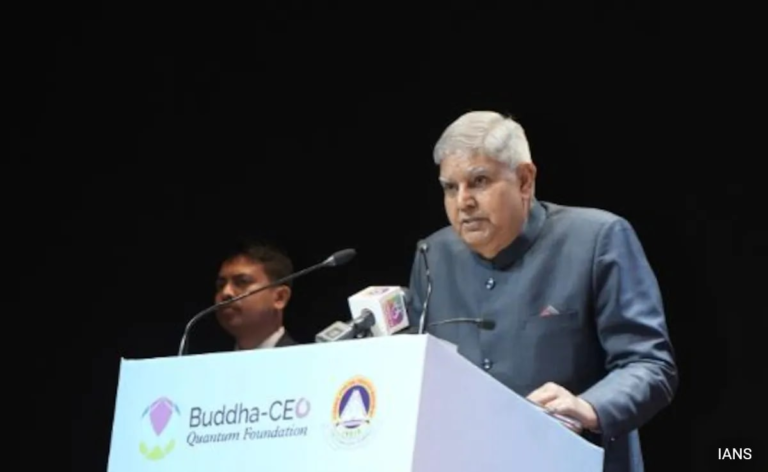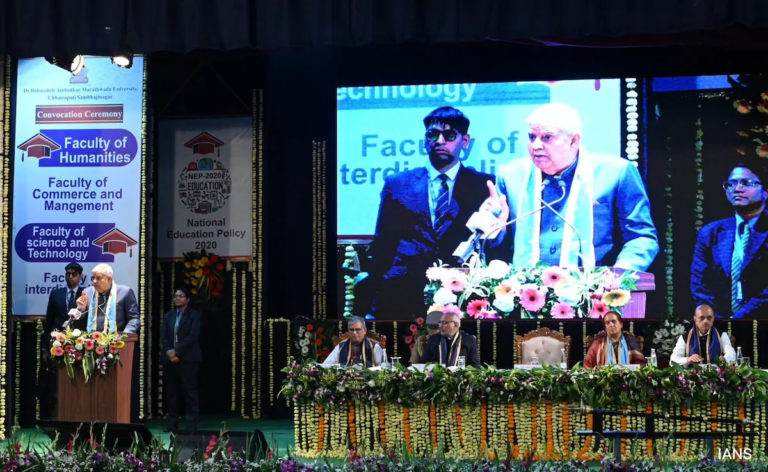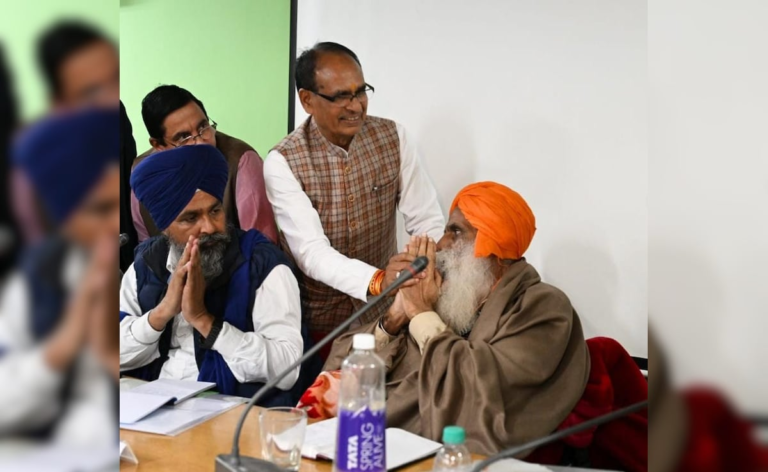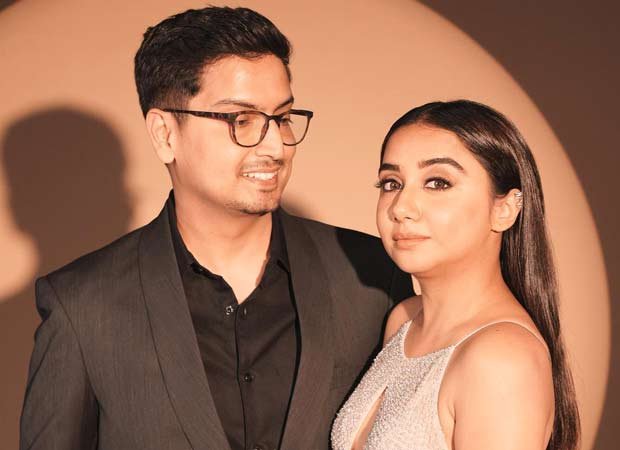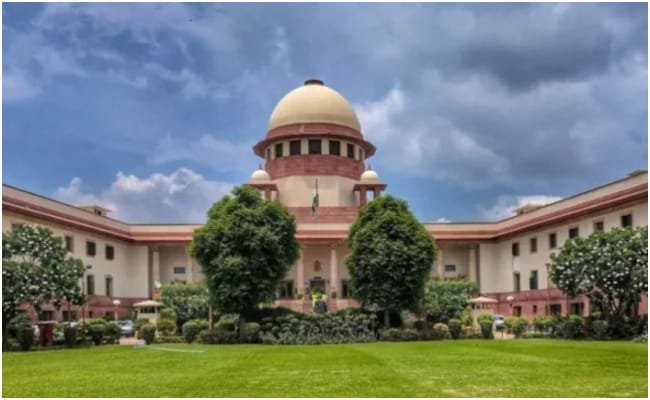
The Supreme Court on Friday rejected 10 petitions to review its August decision on permitting sub-classification within Scheduled Caste and Scheduled Tribe categories to provide reservation in jobs and education for the more marginalised among backward communities.
“Having perused the review petitions, there is no error apparent on the face of the record. No case for review… has been established. The review petitions are, therefore, dismissed.”
Applications to list the review petitions in open court were also rejected.
On August 1 a seven-judge Constitution Bench led by Chief Justice DY Chandrachud ruled 6:1 in favour of allowing states to sub-categorise reserved category communities to “ensure that government-sponsored social welfare schemes and benefits reach more backward groups”.
Justice Bela Trivedi dissented.
Ultimately, though, the bench overturned a 2004 decision – handed down by a five-judge Constitution Bench – in the EV Chinnaiah vs State of Andhra Pradesh case. The court held states are constitutionally empowered to make sub-classifications to grant reservation for uplift of those flagged as more socially and economically backward than others within the same caste.
“Members of SC/ST categories are not often unable to climb up the ladder due to systemic discrimination (and) Article 14 permits sub-classification of caste,” the Chief Justice said, “Historical and empirical evidence demonstrates Scheduled Castes are socially heterogenous.”
However the court also noted that any sub-classification must be determined on the basis of empirical data to show that there is an inadequacy of representation, and four judges said the ‘creamy layer’ – the term given to those considered social, economically, and educationally more advanced – within the Scheduled Castes must be identified and denied quotas.
Justice BR Gavai – who will become India’s first Dalit Chief Justice next year – called on the government to come up with a policy to identify the ‘creamy layer’. “When a person gets into a compartment, he tries all means to stop others from getting into that compartment. Only on account of social justice they have got the benefit, but when state decides to give that benefit to the ones who are not adequately represented, then the same cannot be denied,” he said.
READ | “Creamy Layer Policy Must”: Judge’s Big Remark In Quota Ruling
Three other judges – Justice Vikram Nath, Justice Pankaj Mithal, and Justice Satish Chandra Sharma – agreed to Justice Gavai’s position on the creamy layer.
Days after the court’s big verdict, the centre said there is no such provision in the Constitution.
READ | “No Creamy Layer Provision…”: Centre On Court’s Sub Quota Order
The top court’s decision was welcomed by political leaders across party lines; Karnataka Chief Minister and Congress veteran Siddaramaiah called the order “historic” and said a major obstacle in implementation of internal reservation had been removed.
READ | “Historic”: Siddaramaiah On Supreme Court’s Big Quota Order
However, not everyone was quite so happy.
Union Minister Chirag Paswan, whose Lok Janshakti Party (Ram Vilas) is a member of the BJP-led central government, said he would appeal against the top court’s order, pointing out that untouchability and not financial considerations was the basis of including castes to the list.
READ | On Top Court’s SC/ST Sub-Classification Order, BJP Ally Says…
“… when it comes to Scheduled Castes… they were added to the category with untouchability as the basis. It was never financial or educational. All these castes endured untouchability in some shape or form,” Mr Paswan said.
NDTV is now available on WhatsApp channels. Click on the link to get all the latest updates from NDTV on your chat.

